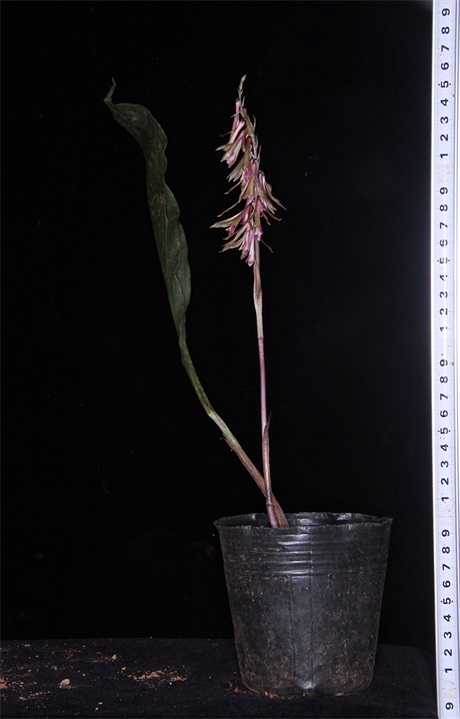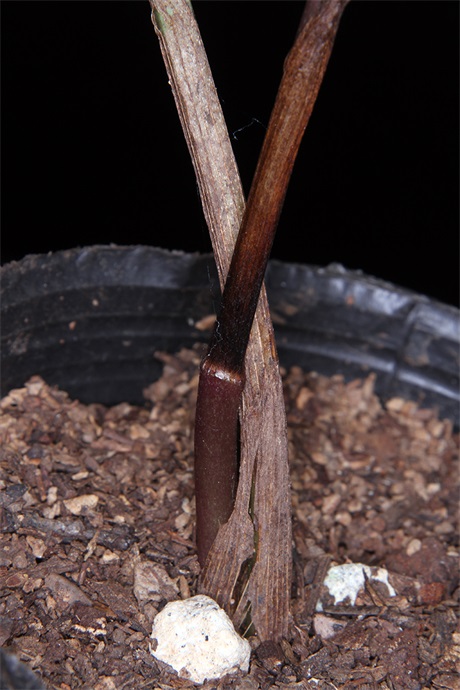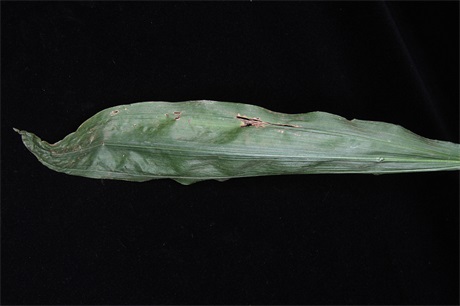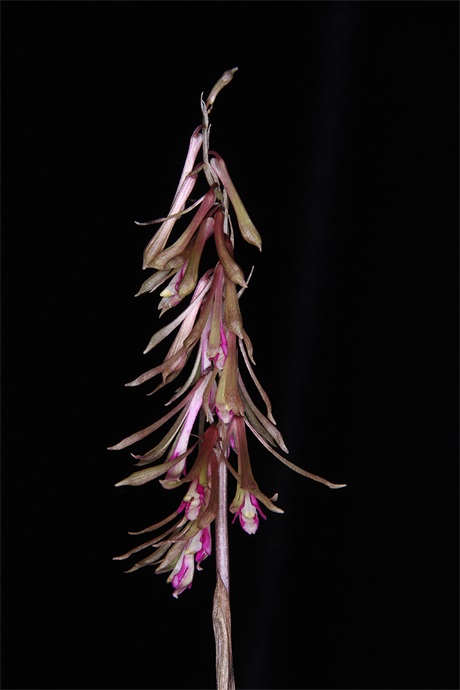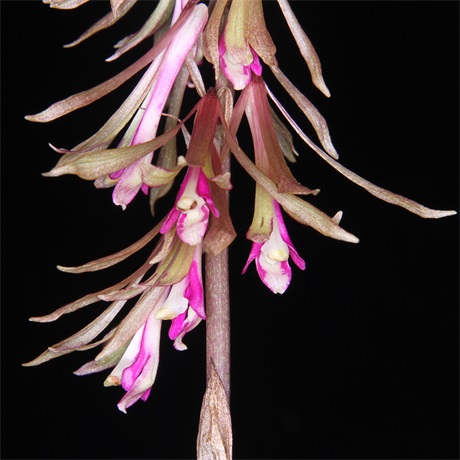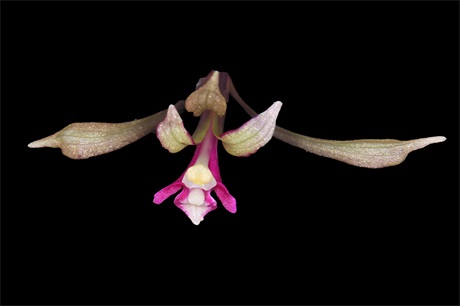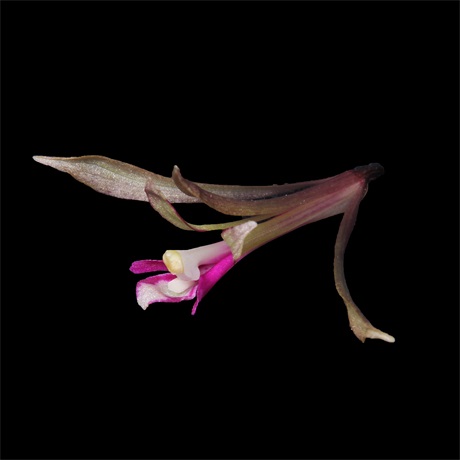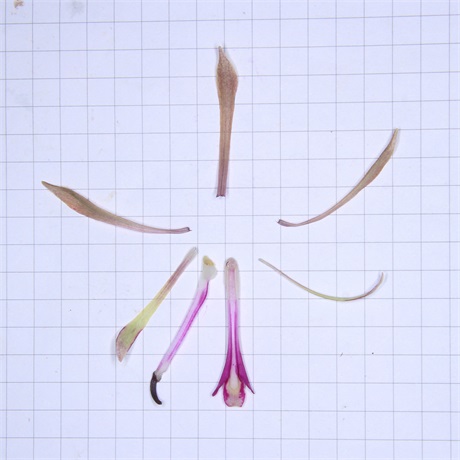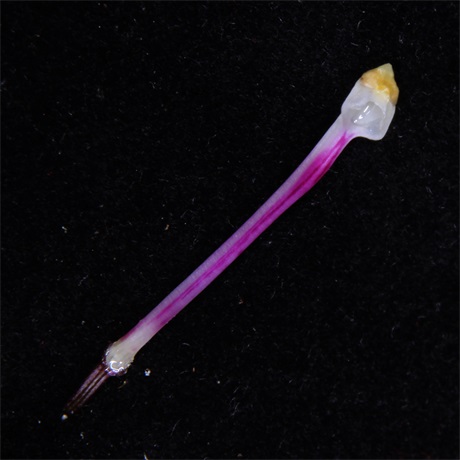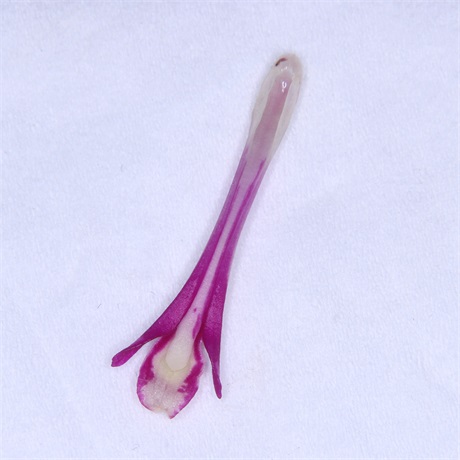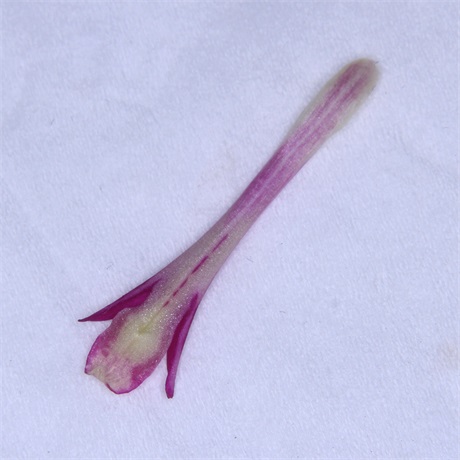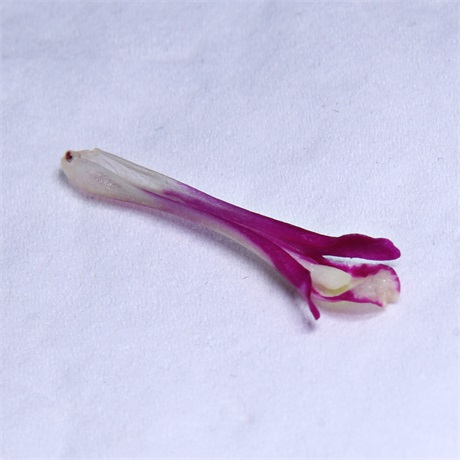杜鹃兰(中国高等植物图鉴)
Cremastra appendiculata (D. Don) Makino in Bot. Mag. Tokyo 18: 24 1904; Hand. -Mazz., Symb. Sinic. 7: 1355. 1936; 台湾兰科植物1: 110-111 (图). 1975; 中国高等植物图鉴5: 743.图8315.1976;江苏植物志1: 403.图723.1977;台湾植物志5: 935. 图1569. 1978: I. D. Lund in Nord. J. Bot. 8 (2): 199. t. 1-3. 1987; K. Y. Lang et Z. H. Tsi in Bot. Res. Inst. Bot. 6: 67. 1992; 安徽植物志5: 540. 图3077.1992; 横断山区维管植物2: 2598.1994; 中国兰花全书195.1998.——Cymbidium appendiculatum D. Don, Prodr. Fl. Nepal. 36. 1825. ——Cremastra wallichiana Lindl., Gen. Sp. Orch. Pl. 173. 1833. ——Hyacinthorchis variabilis Bl., Mus. Bot. Lugd. Bat. 1: 48. 1849. ——Cremastra mitrata A. Gray in Mem. Amer. Acad. n. s., 6: 411. 1858; 秦岭植物志1: 931. 图420. 1976. ——Pogonia lanceolata Kraenzl. in Bot, Jahrb. Engler 29: 267. 1900. ——Cremastra triloba Hayata, Icon. Pl. Formos. 2: 135. 1912. ——Cremastra lanceolata (Kraenzl.) Schltr. in Fedde Repert. Sp. Nov. Beih. 4: 225. 1919. ——Cremastra variabilis (Bl.) Nakai, Report Veg. Daisetsusan Mts. 27. 1930. ——Cremastra bifolia C. L. Tso in Sunyatsenia 1:151. 1933. ——Aplectrum appendiculata (D. Don) F. Maekawa, Wild Orch. Jap. Col. 60. 1971. ——Cremastra appendiculata (D. Don) Makino var, triloba (Hayata) S. S. Ying in Chinese Flow. 26: 4. fig. 3. 1976, et Col. Illust. Indig. Orch. Taiwan 1: 114, 436. 1977——Cremastra appendiculata (D. Don) Makino var, variabilis (Bl.) I. D. Lund in Nord. J. Bot. 8 (2): 201. 1987.
Southwestern Shanxi ( Jiexiu, Xiaxian ), southern Shaanxi, southern Gansu, Jiangsu, Anhui, Zhejiang, Jiangxi ( Lushan ), Taiwan, Henan, Hubei, Hunan, northern Guangdong ( Ruyuan ), Sichuan, Guizhou, southwestern and southeastern Yunnan ( Fengqing, Xichou ) and Tibet. Born in forest wetland or ditch wetland, elevation 500-2900 meters. Nepal, Bhutan, Sikkim, India, Vietnam, Thailand and Japan are also distributed. Type specimens from India.
This species is a widespread species. The shape of the lateral lobes of the lip lobes and the fleshy protrusions at the base of the middle lobes have changed greatly, and the narrow wings on the upper part of the stamen column also have similar conditions. Some scholars classified the types of small and smooth fleshy protrusions on the lips and narrow wings on the upper abdomen of the column as species or varieties. However, according to the Chinese specimens, this feature is not only transitional, but also overlapping and difficult to separate, so we do not divide, still regarded as the same species. |
| |
Plants 20-70 cm tall. Pseudobulb ovoid or subglobose, 1.5-3 × 1-3 cm, few noded. |
| |
Leaf 1 or rarely 2, narrowly elliptic to narrowly oblanceolate-elliptic, 18-34 × 4-8 cm, mainly 3-veined, base subcuneate, apex acute or acuminate; petiole-like base 7-17 cm. |
| |
Inflorescence 25-70 cm; rachis (5-)10-25 cm, subdensely to densely 5-22-flowered; floral bracts lanceolate to ovate-lanceolate, (3-)5-10 mm. Flowers fragrant, pendulous, not opening widely, pale purple to orange-brown, narrowly campanulate, petals and lip with darker spots; pedicel and ovary (3-)5-15 mm. Sepals narrowly oblanceolate-spatulate, 20-34 × 2-5 mm, apex acute or acuminate; lateral sepals slightly oblique. Petals narrowly oblanceolate, 18-32 × 1.5-3.5 mm, apex acuminate; lip linear, 20-34 × 2-3.5 mm (though wider across lobes at apex), saccate at base, 3-lobed at apex; lateral lobes linear to narrowly oblong, 4-6 × ca. 1 mm, apex obtuse; mid-lobe ovate to narrowly oblong, 6-8 × 3-5 mm, apex acute or obtuse; disk with a fleshy callus at base of mid-lobe; callus variable in shape and size, 1-5 mm, sparingly wrinkled or verruculose. Column 18-26 mm, slender, slightly dilated at apex, with or without narrow ventral wings below anther; anther 1-3 mm. Capsule pendulous, ellipsoid, 25-30 × 8-13 mm. Fl. May-Jun, fr. Sep-Dec. |
| |
| ||
| ||
| ||
| ||
|
| |
|
| |
